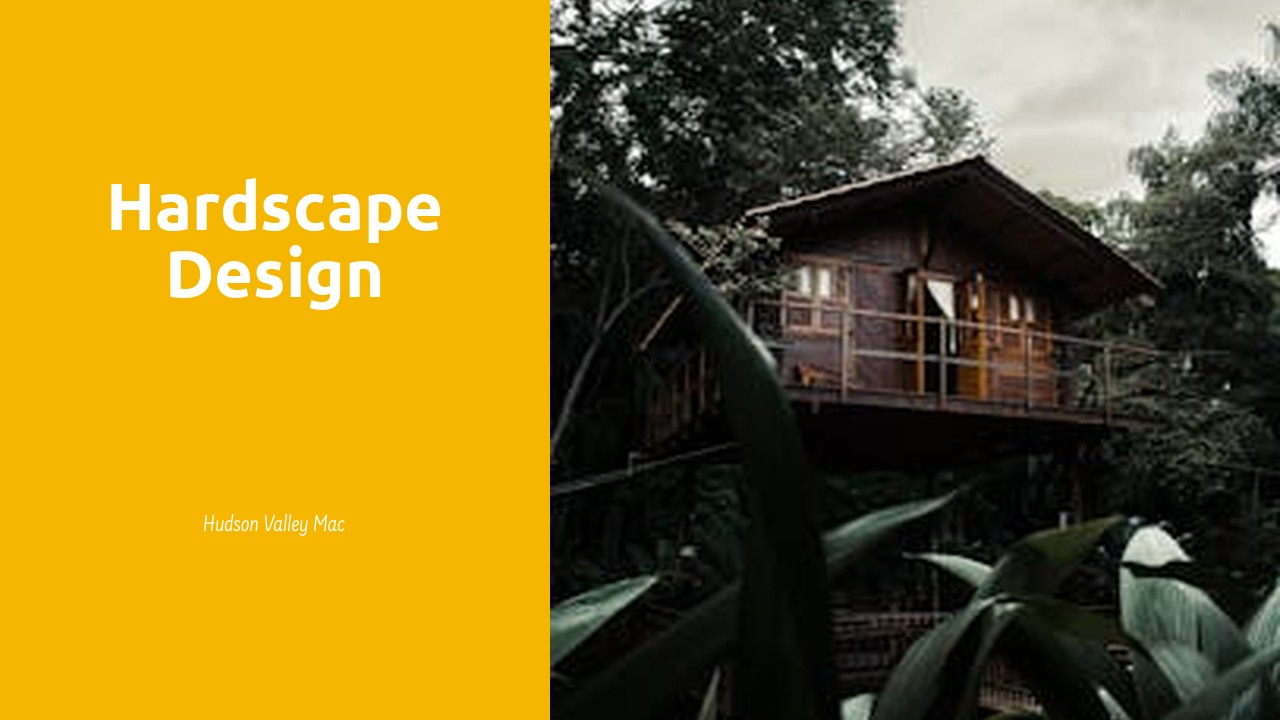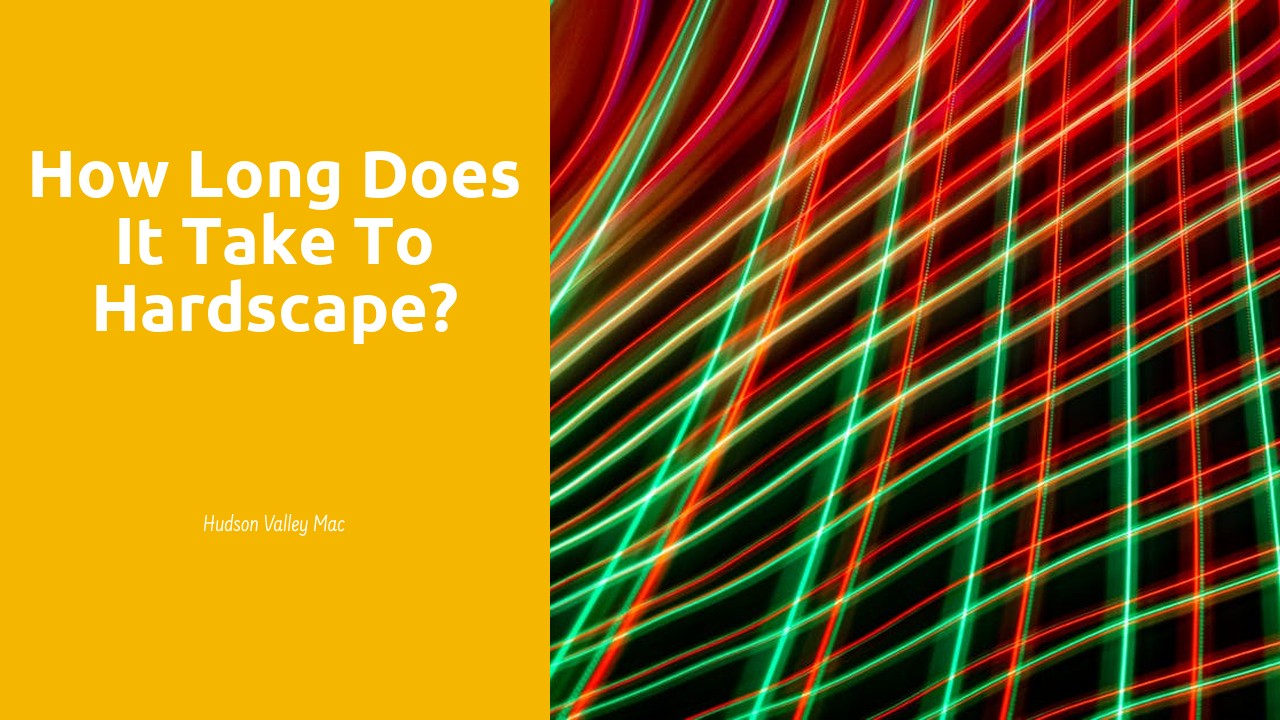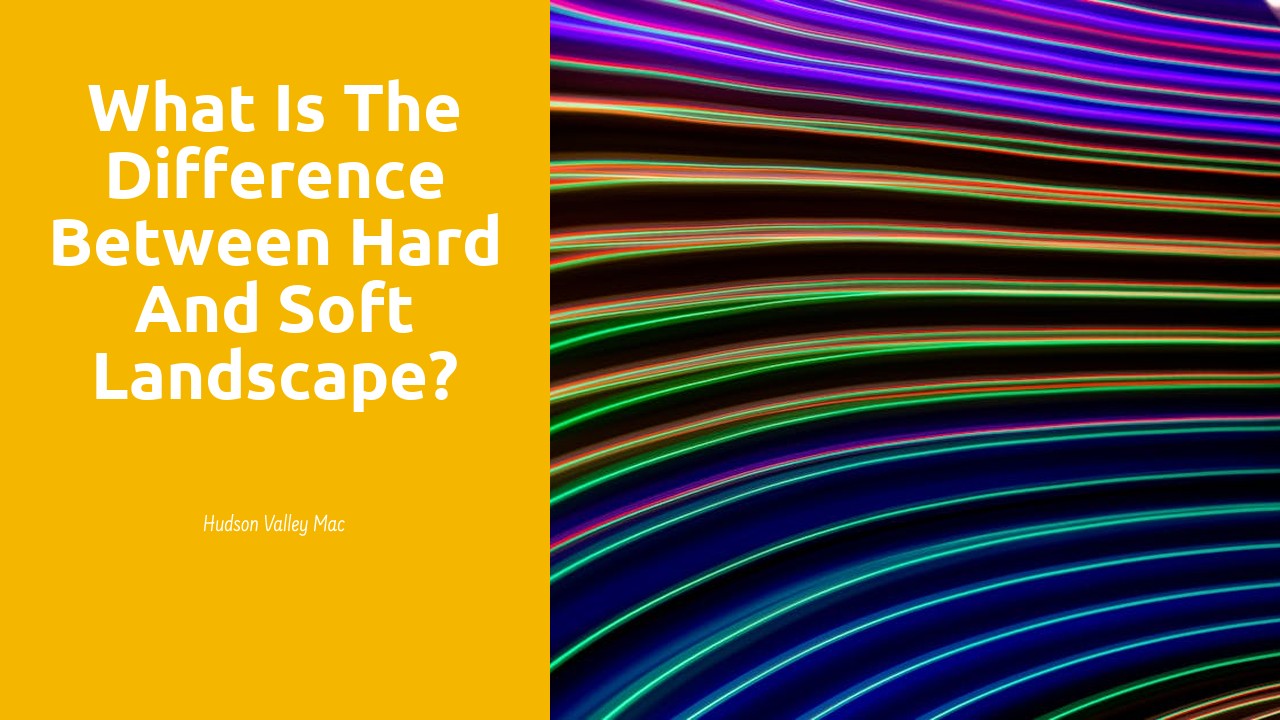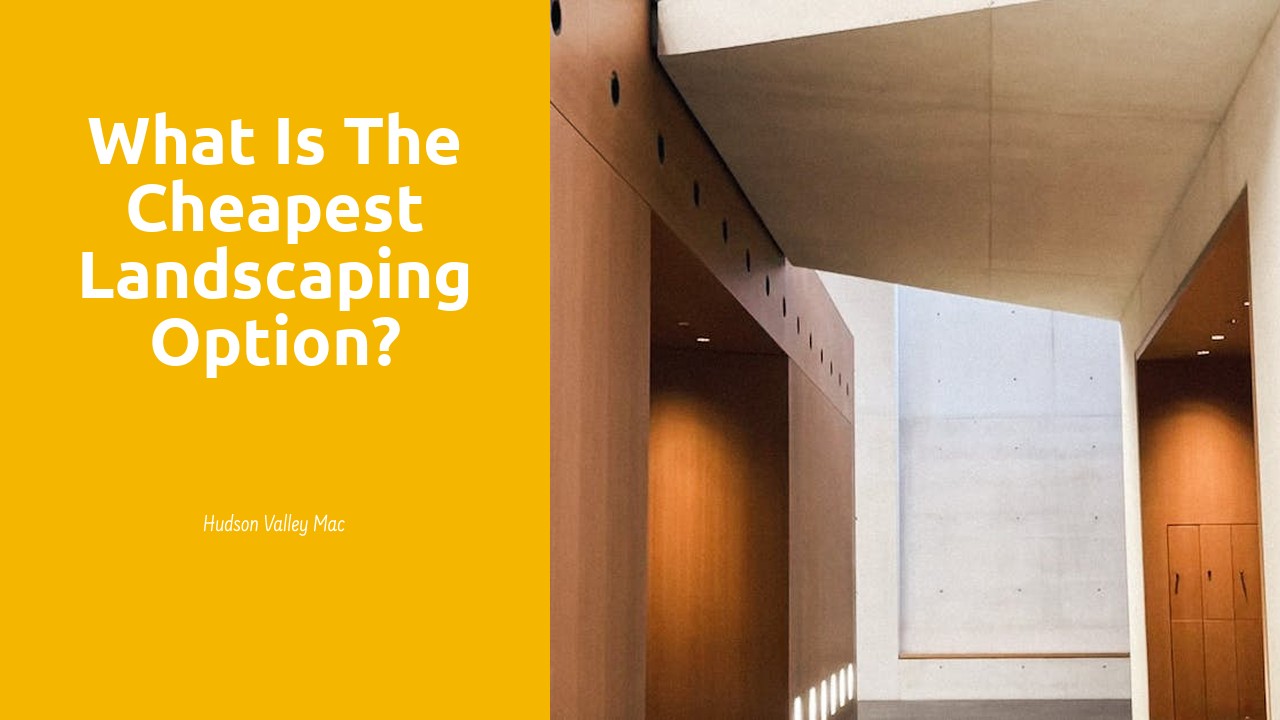
Table Of Contents
Maintenance Considerations for Textured Landscapes
Maintenance is a crucial aspect of ensuring that textured landscapes retain their aesthetic appeal and functionality. Regular upkeep of different textured elements such as plants, rocks, and pathways is essential to prevent deterioration and maintain the desired visual impact. Over time, natural elements in the landscape may change in appearance due to weather conditions, growth patterns, or wear and tear, making it imperative for property owners to invest time and resources into preserving the texture elements.
In Hardscape Design in Bowmanville, routine maintenance tasks may include pruning overgrown plants, cleaning textured surfaces like stone or wood, and repairing any damaged pathways or walls. It is recommended to schedule regular inspections to identify signs of deterioration early on and address them promptly to prevent further damage. By implementing a proactive maintenance plan, property owners can ensure that the textural elements in their landscape design continue to enhance the overall appeal of their outdoor spaces for years to come.
Preserving the Integrity of Different Texture Elements
Preserving the integrity of different texture elements in landscaping is essential for creating a cohesive and visually appealing outdoor space. When considering the various textures present in a landscape design, it is crucial to ensure that each element complements the others harmoniously. Whether incorporating smooth pebbles in a garden path or rough boulders in a rockery, maintaining the integrity of these textures will contribute to the overall aesthetic balance of the design. In Hardscape Design in Innisfil, for instance, blending the textures of stone pathways with the surrounding vegetation can enhance the natural beauty of the space.
By preserving the integrity of different texture elements, landscape designers can elevate the overall design concept and create a more immersive experience for viewers. Mixing textures such as soft grassy lawns, coarse gravel patches, and sleek water features can add depth and interest to a landscape. In Hardscape Design in Innisfil, incorporating various textures into the design can evoke a sense of sophistication and timelessness. The careful preservation of these elements ensures that the intended design aesthetic is upheld and that the overall space remains visually captivating.
Using Texture to Influence the Perception of Space
Texture plays a pivotal role in manipulating how we perceive space within a landscape. By strategically incorporating varying textures into the design, landscape architects can create a sense of depth, dimension, and visual interest. In Hardscape Design in Kawartha Lakes, the use of textures such as rough stone pathways against smooth wooden decking can play tricks on the eye, making spaces appear larger or cozier depending on the desired effect.
Furthermore, the juxtaposition of soft, delicate foliage against coarse gravel or sturdy boulders can create a dynamic contrast that highlights different areas within the landscape. When carefully planned, texture can guide the viewer's gaze through the space, emphasizing focal points and leading the eye towards key features. In the realm of landscape design, texture serves as a powerful tool in shaping spatial perception and evoking specific emotions within outdoor environments.
Creating a Sense of TextureDriven Flow in Landscape Design
Considering the crucial role that texture plays in landscape design, creating a seamless flow that connects various textural elements is essential for a cohesive and visually appealing outdoor space. Incorporating different textures such as coarse stones, smooth pebbles, soft grass, and rough bark can evoke a sense of movement and continuity throughout the landscape. By strategically placing these elements to guide the eye along pathways or focal points, designers can establish a rhythm that enhances the overall aesthetic experience for visitors.
In the context of Hardscape Design in Welland, utilizing a combination of textures within paved areas can contribute significantly to the flow of the landscape. Integrating various materials like interlocking bricks, concrete pavers, or natural stones can create visual interest and delineate different zones within the outdoor space. Additionally, incorporating textural elements in vertical surfaces such as retaining walls or decorative screens can further enhance the sense of flow by adding depth and dimension to the design.
Texture as a Key Component in Sustainable Landscaping
Texture is a pivotal aspect of sustainable landscaping that significantly impacts the overall design and functionality of outdoor spaces. Integrating diverse textures in landscaping not only enhances the aesthetic appeal but also contributes to the sustainability of the environment. In Hardscape Design in Bowmanville, for instance, combining various textures such as smooth stone pathways, rough wooden furniture, and soft grassy patches can create a harmonious blend that requires minimal maintenance while promoting biodiversity.
Moreover, incorporating different textures in landscaping design can help reduce water usage, decrease erosion, and provide natural habitats for wildlife. By strategically incorporating elements like gravel, mulch, and native plants with varying textures, sustainable landscapes can thrive with minimal human intervention. In Hardscape Design in Bowmanville focuses on employing textures that not only elevate the visual appeal of the space but also contribute to the ecosystem's overall health and resilience.
Integrating Native Plants for Diverse Textural Effects
Integrating native plants into landscape designs can significantly enhance the textural diversity of outdoor spaces. Whether it's the roughness of barks and leaves, the softness of petals, or the delicate intricacies of ferns, native plants bring a unique array of textures to the setting. In Hardscape Design in Bowmanville, incorporating these plants strategically can create a dynamic visual impact that adds depth and character to the overall aesthetic.
By carefully selecting and situating native plants within the landscape design, designers can achieve a harmonious blend of textures that mimic the natural world. From the ruggedness of rock formations to the velvety smoothness of moss-covered stones, integrating diverse plant textures can evoke a sense of tranquillity and authenticity in outdoor spaces. Additionally, using native plants for textural effects not only enhances the visual appeal of the design but also promotes ecological sustainability by creating habitats that support local fauna and preserve biodiversity.
FAQS
What is texture in landscape design?
Texture in landscape design refers to the surface quality of elements within the landscape, such as plants, hardscapes, and natural materials. It adds depth, interest, and visual appeal to the overall design.
How does texture influence the perception of space in landscape design?
Texture plays a crucial role in influencing how we perceive space in a landscape. Fine textures can make an area appear larger and more open, while coarse textures can create a sense of intimacy and enclosure.
Why is texture considered a key component in sustainable landscaping?
Texture is a key component in sustainable landscaping as it can help reduce maintenance requirements, conserve water, and promote biodiversity. By incorporating a variety of textures, sustainable landscapes can better withstand environmental challenges.
How can native plants be used to create diverse textural effects in landscape design?
Native plants offer a wide range of textures that can be used to create diverse and visually interesting landscapes. By incorporating native plants with different textures, designers can enhance the aesthetic appeal and ecological value of the landscape.
What are some maintenance considerations for textured landscapes?
Maintaining textured landscapes may require specific care practices, such as pruning, mulching, and regular inspections for pests and diseases. It is important to consider the maintenance needs of different textures when designing a landscape to ensure its long-term health and beauty.






